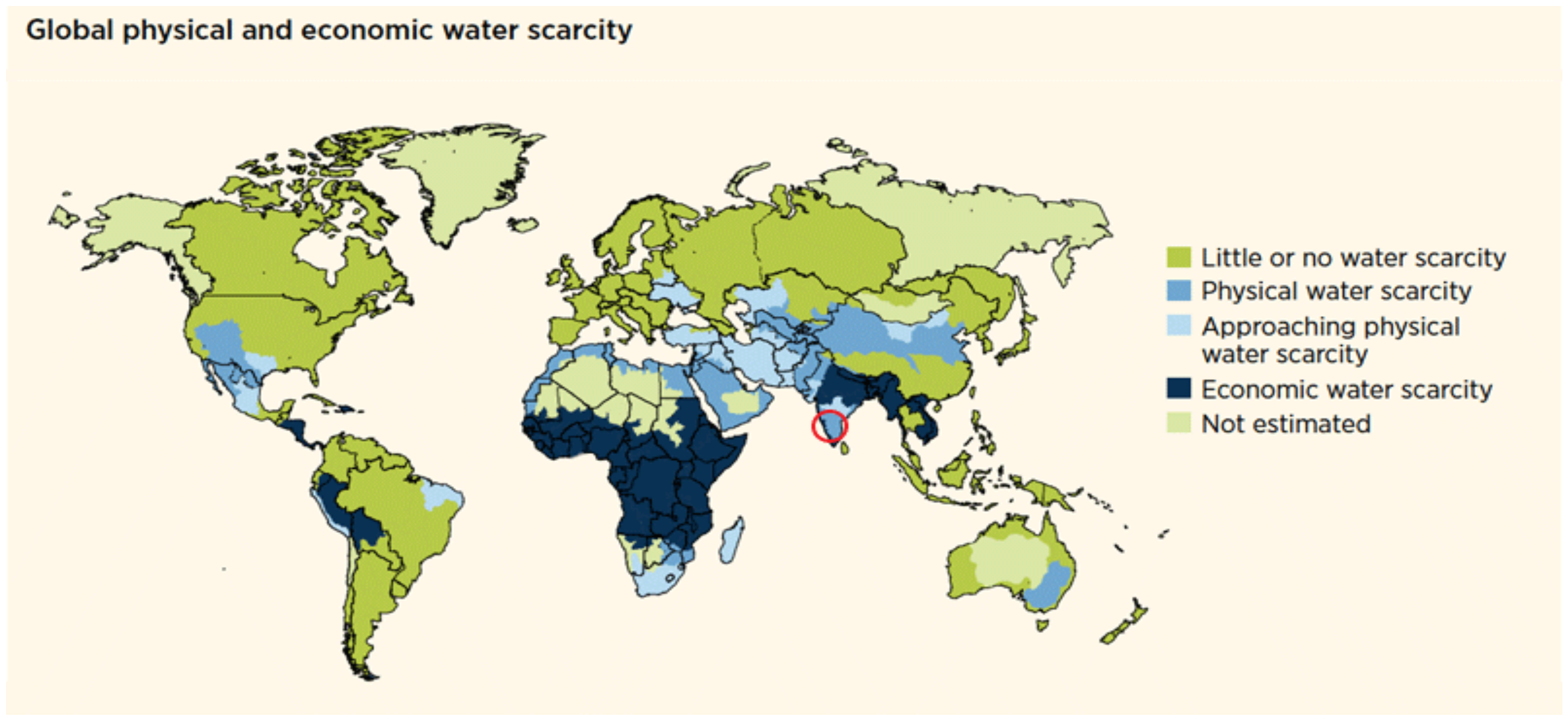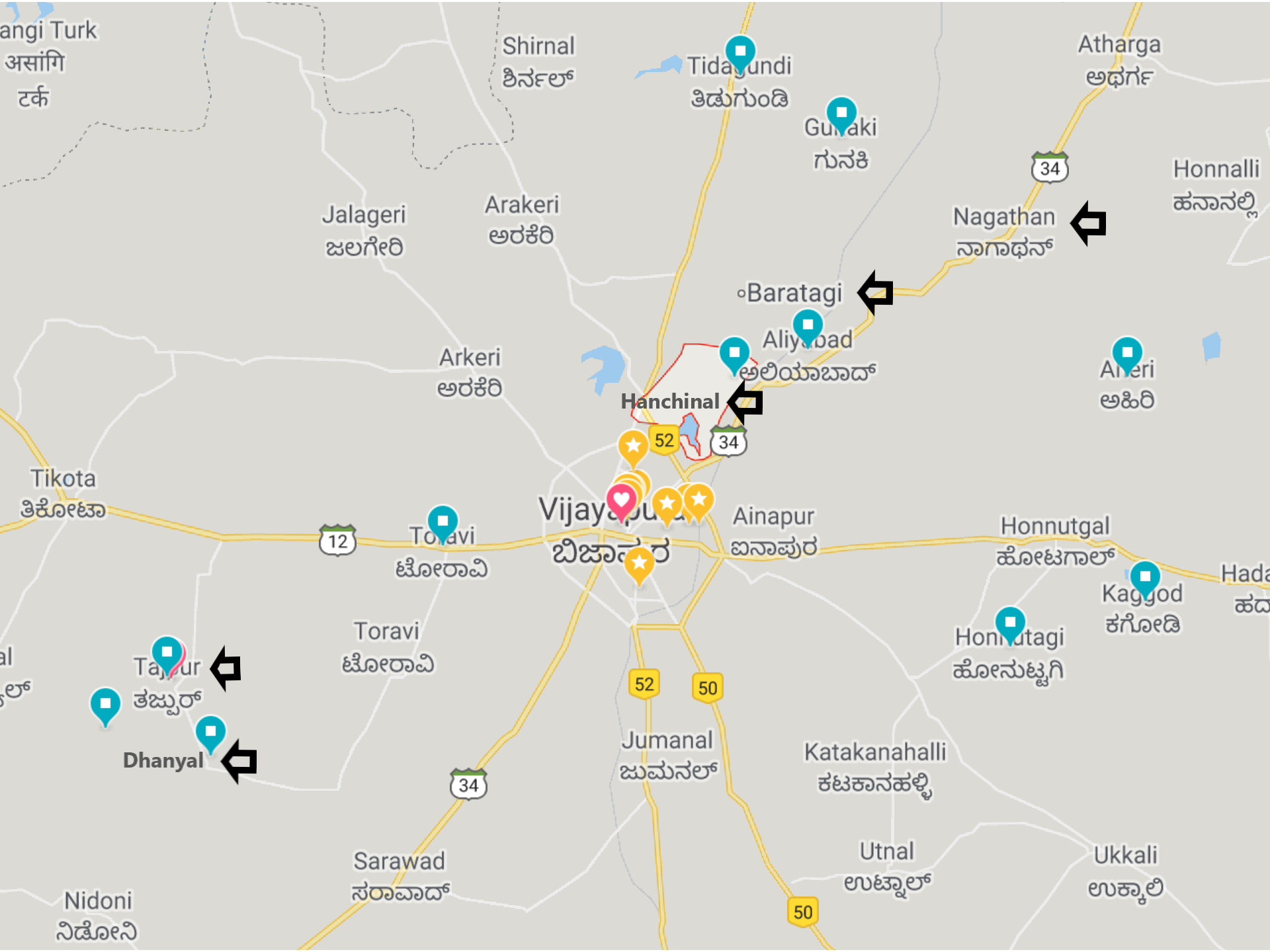1
Village/Area
+200
families notified
~320k
liters of water saved per year
~14k
man-hours saved per year
The Problem
In drought prone villages in India, water is supplied for just 15 minutes to 2 hours, once every other day to once a week based on water availability and electricity supply. It is controlled by the local government, panchayat, and is operated by a valveman. Though there is a great deal of variation in the way it is supplied, most villages get water around every week. Unfortunately, these people are not aware of when the water is supplied due to the absence of a fixed schedule and the fact that water is individually supplied to small areas at different times. This is crucial because most people need to manually collect the water by filling pots or buckets to a larger storage vessel/tank. They end up wasting hours waiting for the water.
Additionally, majority of the people do not turn off their tap or even have a way to do so with a faucet. This is because there is no incentive and it makes it easier to know when water has been supplied. This causes a large portion of the water to be wasted by running down to the gutter before it is collected.
Water wastage is even worse in villages where people get water more frequently for a short period of time. If they get water for 15 minutes every other day and it takes 3 minutes for people to notice that the water is being supplied, 20% of water is wasted and lost in the ground.
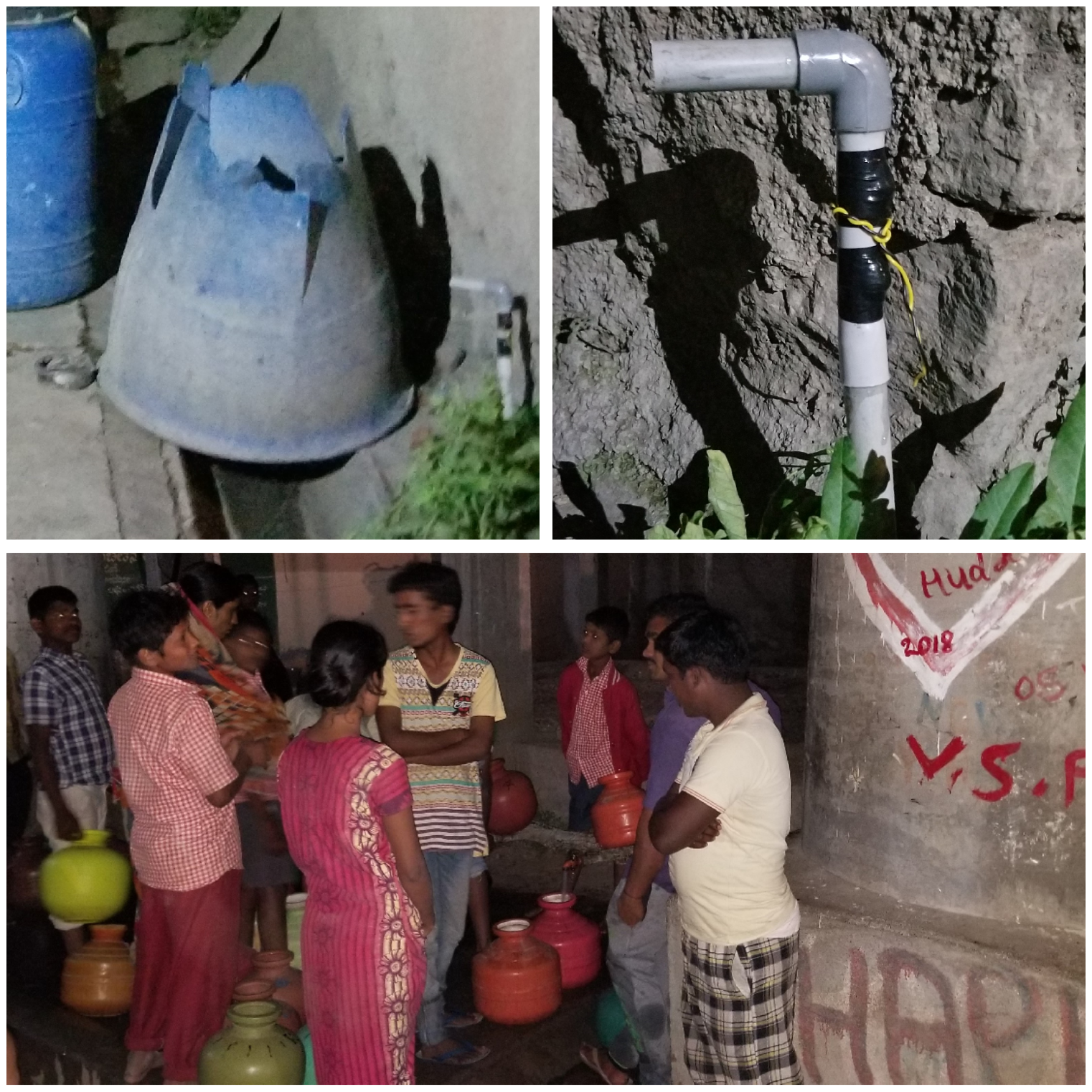
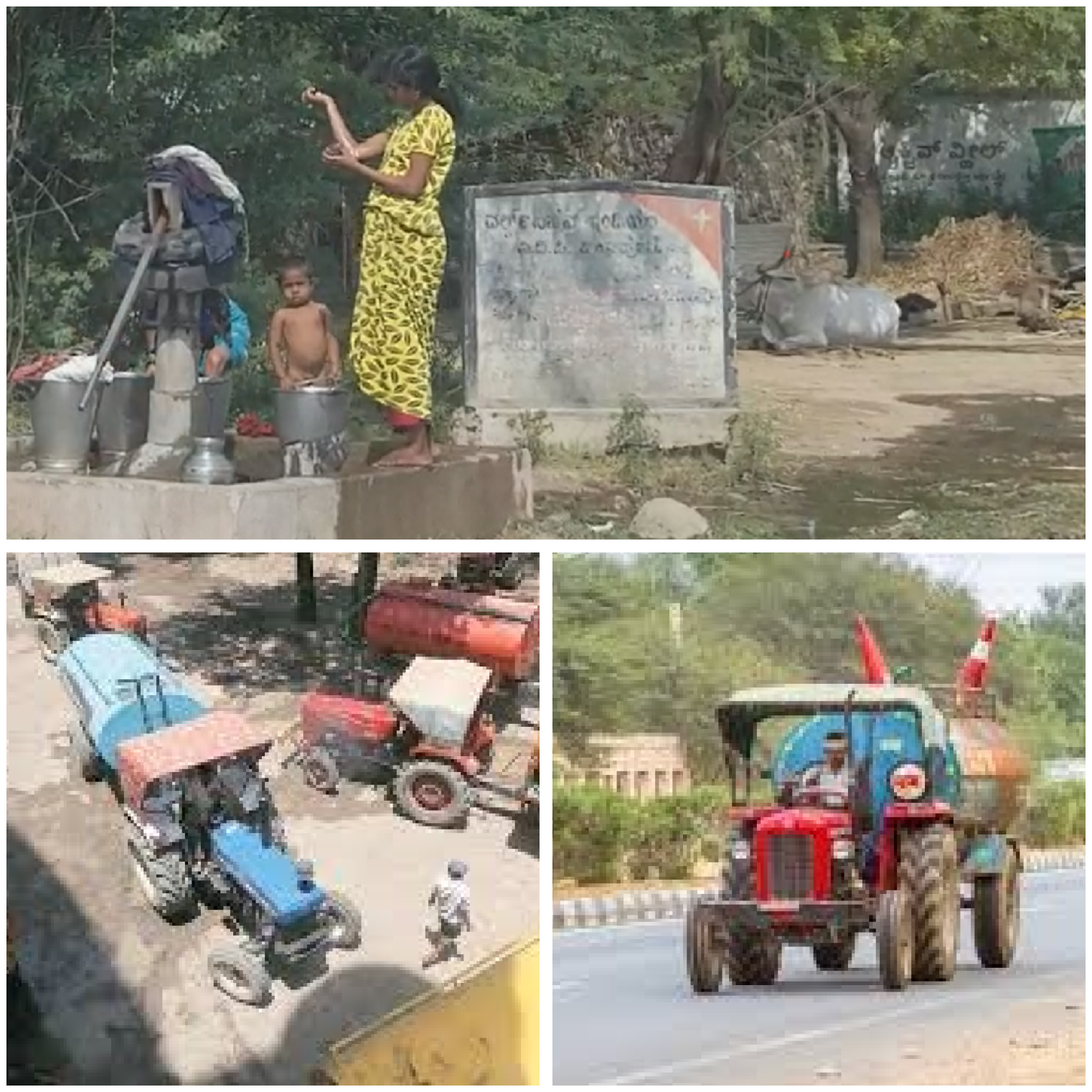
In villages that we have worked in, 5000 liters of water costs $17 from a water tanker. If a family misses a chance to collect water In a village that supplies water every week, they will have to buy a tanker for themselves. This is $17 regardless of how much water they actually need and is very expensive for people who live in suburban areas of India. Fortunately, there are a few villages that have a water pump that allows them to fill pots with water. The problem is that they are usually far away and require the villagers to walk back with pots full of water.
The local government buys water from private companies tankers for villagers whenever their local source of groundwater has been depleted. This water is almost never enough for all the families. This forces groups of families to buy extra tankers for themselves. Overall, water conservation is very important in these drought prone areas of India.
The Solution
The solution is a service that notifies villagers when their water is supplied in their respective areas. The chosen method is a system consisting of sensors and a server that operate entirely on the 2G network. The sensor is installed directly on a pipe that receives water and does not need any external power. The server then sends missed calls as notifications.
The data collected over 5 months portrays the intermittent water supply. It reveals that villages can frequently deplete their local groundwater source for long periods of time. Around 74% of water that would be lost to the ground can be saved with notifications. An estimated 320,000 liters of water and 14,000 man hours can be saved every year in each area of around 200 families.
When local groundwater sources are depleted, local governments are forced to buy water. Water saved from each area has a monetary value of $200 each year while costing around $90 per year to run the service. In conclusion, this notification system prevents families from missing a chance to collect water, saves people's time, opens an incentive to use faucets, and financially benefits the government.
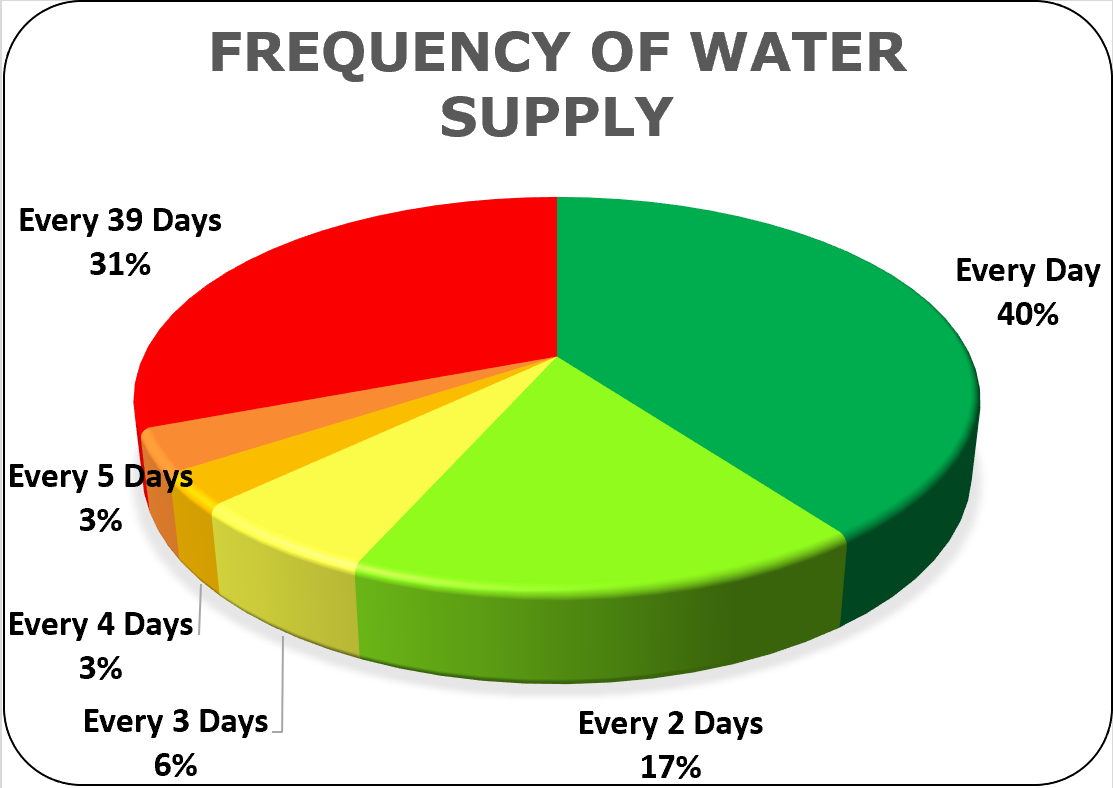
Data Analysis
The data collected over 5 months portrays the intermittent water supply. It reveals that villages can frequently deplete their local groundwater source for long periods of time.
